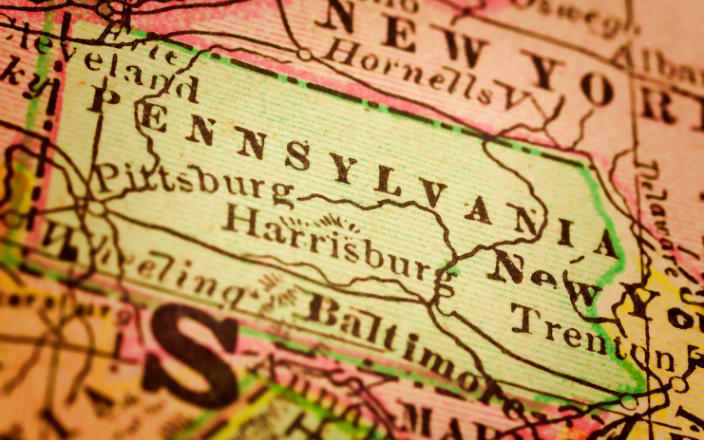On July 2, 2025, the United States Department of Agriculture (USDA) confirmed a new outbreak of highly pathogenic avian influenza (HPAI) in a flock of commercial upland gamebirds located in Lancaster County, Pennsylvania. The infected flock, consisting of 29,300 birds, was being raised for release.
This marks the first commercial avian flu case in Pennsylvania since March 21, when a turkey flock in Franklin County was affected. Lancaster County had previously seen an outbreak on February 11, involving 80,000 broilers.
A break in the silence
The outbreak ends a nearly month-long period without any new HPAI cases in U.S. commercial poultry operations. The last reported case was on June 5 in Maricopa County, Arizona, where 342,100 commercial egg layer pullets were infected.
Pennsylvania’s Avian Flu history
So far in 2025, Pennsylvania has recorded nine commercial flock infections. Interestingly, the state had no commercial poultry outbreaks in 2024, but saw 25 cases in both 2022 and 2023. This resurgence raises concerns about biosecurity and the potential for further spread.
Containment and response measures
Following USDA protocols, the infected farm has been quarantined, and surrounding commercial poultry facilities within a 10-kilometer radius are subject to testing and movement restrictions. These measures aim to prevent further transmission and protect the state’s poultry industry.
The Pennsylvania Department of Agriculture continues to work closely with federal agencies to monitor and contain the virus. Enhanced surveillance and biosecurity measures are being implemented across the state.
Implications for the poultry industry
- The outbreak in gamebirds—often raised for hunting or release—highlights the vulnerability of non-traditional poultry operations.
- While these birds are not part of the food supply chain, their infection poses risks to nearby commercial flocks and wild bird populations.
- Experts warn that HPAI remains a persistent threat, especially during migratory seasons when wild birds can carry and spread the virus.
- Farmers are urged to maintain strict biosecurity protocols and report any signs of illness immediately.
Looking ahead
As Pennsylvania grapples with this latest outbreak, the focus remains on containment, prevention, and preparedness. With the virus showing no signs of disappearing, vigilance across all sectors of poultry production is essential to safeguard both animal health and economic stability.
Sources: Available upon request

